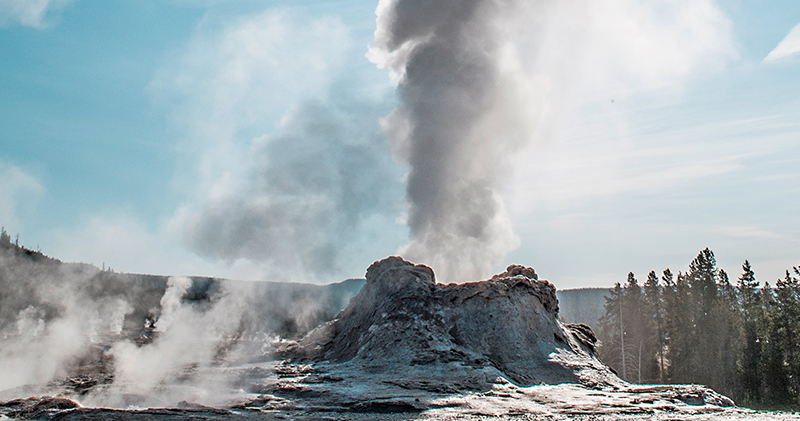COVID-19 Learnings
By Jeff Finkelstein – Generationally each version of DOCSIS has given us between 8-10 years. I expect that DOCSIS 3.1 will last in many cases until 2030 or so. DOCSIS 4.0 and its possible follow-on releases have the potential to last to 2040 or a bit longer.
Read More






